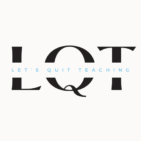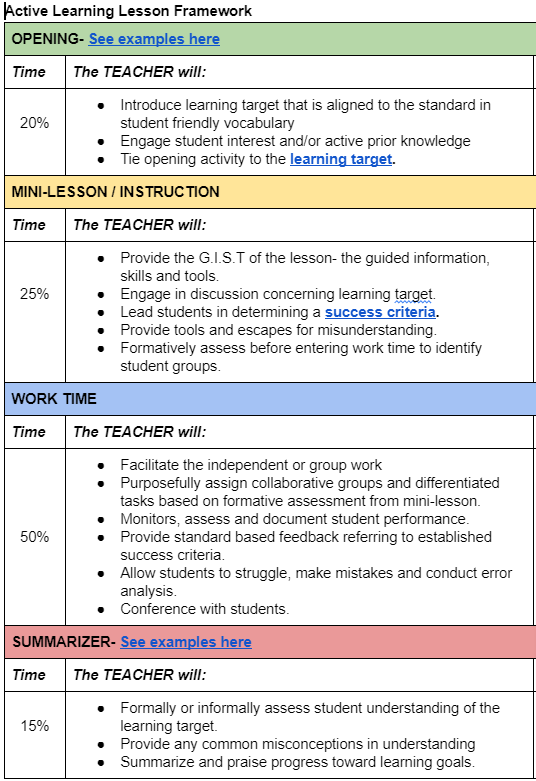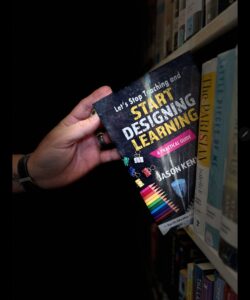We talk about what learning looks like in the classroom for students, about targets and what qualities define successful mastery of a concept. We pour these qualities into our instructional designs and lessons to maximize learning and ensure acceleration, equity and most of all learning is taking place. We know it works. We know students desire to be successful. We know that showing what success looks like works as well. So, why don’t we apply these same proven practices when it comes to guiding and improving what teachers do?
Teachers need a criteria by which they can examine and reflect on their designs and practices in the classroom to “see” if the learning opportunities they are providing students is actually a picture of success. I know when I was in the classroom, no one told or showed me what success looked like. Sure, we had a broad overview of a time-based framework with loose guidance, but nothing really that pinpointed what successful learning looks like from my actions as the teacher in the room. What would happen if we actually built this and put it into practice? What if we packed as much evidence-based, concrete, observable, successful practices teachers can implement in their lesson and classroom that “shows” them what they can be doing and when they should do it? Here’s one example below:
The above is one half of a framework. This half focuses on the actions of the teacher, while the other half are observable practices we should see from the students at the same time.
So many times, I have spoken with teachers who really just want to know what learning looks like in the classroom. What should I be doing to make learning the priority? What can I inspect and reflect in my own practices to see if I am doing this right? This was the reason I created this framework in the first place: to give teachers a success criteria.
Success shouldn’t be a secret. We don’t want to keep it a secret from our students. We definitely want our teachers to have a clear, specific understanding of what, when and why things happen in learning according to evidence. Teachers want to be successful in providing learning to students. Let’s find ways to show them what that looks like without any doubts or misunderstanding. Let’s all make what it takes to learn clear for everyone, students AND teachers.


